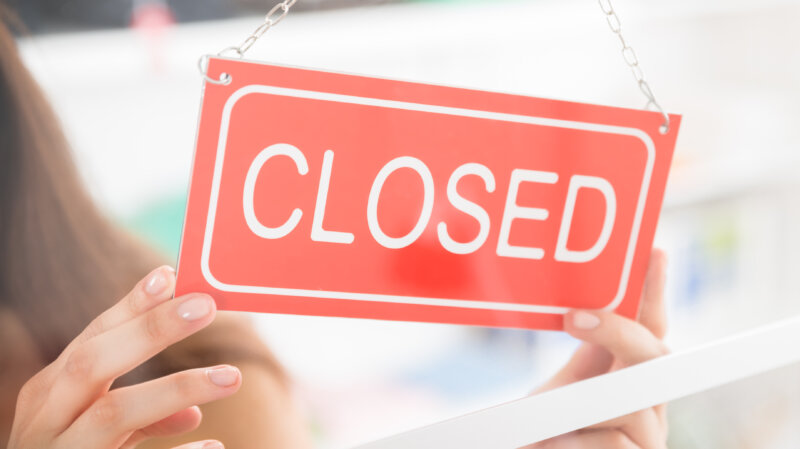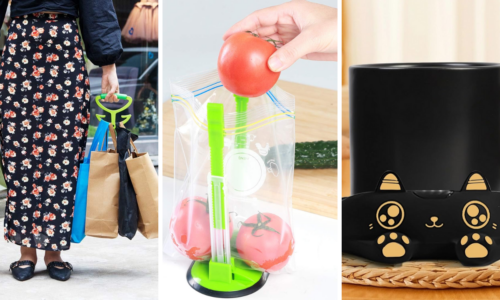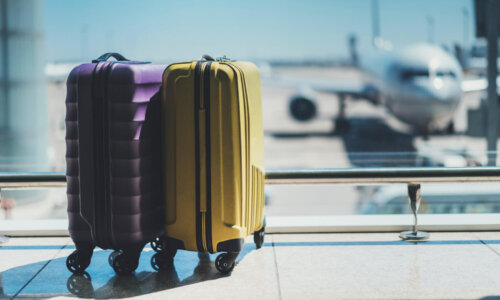Typically, if you work for yourself and lose your income, you are out of luck. However, the COVID-19 pandemic has impacted nearly every fundamental aspect of our society, and unemployment is undoubtedly one of them.
As a result, self-employed Americans now have the chance to receive unemployment benefits. Non-traditional workers are now allowed to apply for aid because of restrictions lifted by the federal government in response to pandemic-related job loss.

On March 27, President Trump signed the Coronavirus Aid, Relief and Economic Security Act into law, giving states the option of extending unemployment benefits to non-traditional workers.
That category includes people like self-employed freelancers, contract employees and gig workers who have lost work due to the COVID-19 pandemic. They can now apply for Pandemic Unemployment Assistance (PUA).
So, how can you take advantage of this if you’ve lost work? Let’s take it step by step.
Start With Your State
If you’ve lost your income due to the coronavirus pandemic, the first thing to do is file a claim with your state’s unemployment insurance program. Every state is different, so you might need to apply online, over the phone or possibly in person at a local office.
Contacting the program as soon as possible after losing your employment is essential, but you might find that your state is not yet offering unemployment compensation to self-employed workers.
For instance, the state of Ohio’s Department of Job and Family Services will not launch the claims processing tool for the PUA program until mid-May. However, residents can currently pre-register, and benefits will be retroactive as far back as February 2, 2020.
Eligibility And Benefits
If you cannot apply for regular unemployment benefits and meet the qualifications, you might be eligible for PUA. At least one of several circumstances must also apply to your situation, including the following:
- You have been diagnosed with, or have symptoms and are seeking a diagnosis of, COVID-19
- A member of your household has been diagnosed with COVID-19, or you are caring for a family member with COVID-19
- You are caring for a child or other individual who cannot attend school or receive care due to the COVID-19 emergency
- You are unable to reach your place of employment due to quarantine or self-quarantine
You can receive PUA benefits for up to 39 weeks. Although each state determines the weekly amount you receive, you can also receive an additional $600 per week to supplement the benefits you’re already receiving, payable until July 31 at the latest. according to the U.S. Department of Labor.
Check the Department of Labor website to find your state unemployment office and learn how to apply.








